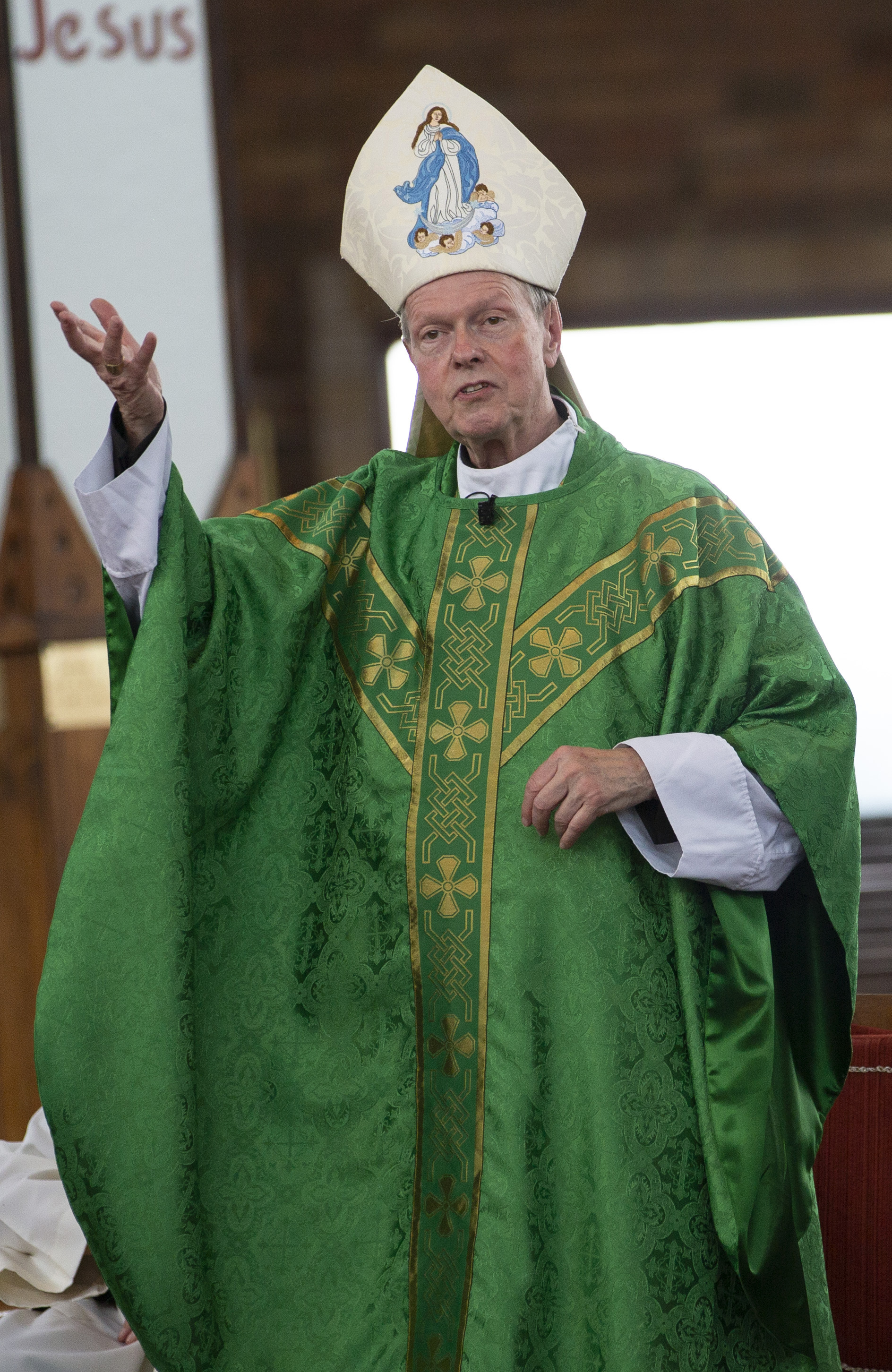April 6, 2018 at 1:53 p.m.
REFLECTION
No leap-year matchmaking for Ss. Patrick and Brigid
The article, written in a leap year, was titled, "February 29th: A Day for Women?" It traced an alleged Celtic marriage custom to St. Patrick and St. Brigid, claiming that, in Ireland, during a leap year, women had the opportunity to take the initiative in proposing marriage.
"Supposedly," the article read, "these two saints created this idea to settle some unrest among St. Bridget's [sic] community of nuns. At that time, nuns were allowed to marry; however, not many of them were being proposed to. St. Bridget herself started this custom by proposing to St. Patrick, but unfortunately he had taken a vow of celibacy and had to turn her down."
The editors said the custom caught on in a law in Scotland more than 700 years later that granted women the right to propose during a leap year. For the man, refusal was said to mean paying a cash penalty.
The "St. Bridget" referred to is St. Brigid of Ireland, whose feast day is Feb. 1. Brigid was born in County Louth, Ireland, around 453. By some accounts, her parents had been baptized by St. Patrick. She lived until about 523, becoming a nun and founding four monasteries. Brigid would become one of the patron saints of Ireland, along with St. Patrick and later, the abbot St. Columba.
The assumption that nuns could marry at that time probably came from misunderstanding two customs related to monastic traditions of hospitality. As monasteries became a common presence in Ireland, families might arrange for a son or daughter to live with the nuns or monks and be taught by them. The young person might eventually join the community, or might move on and marry -- thus, the old expression "a convent education."
In another custom, monastic communities like Benedictines welcome persons they call "oblates" (Latin for "offered"), who are formally considered part of the monastery family, but do not take vows and may live elsewhere. An observer might take such young women for "nuns who could marry." Patrick and Brigid, however, had chosen celibacy.
There is one other, more compelling factor disqualifying the "legend." Not only was Brigid not likely the foundress and leader of a religious community when she knew St. Patrick, but it's highly unlikely the great missionary would have been moved by her "proposal." Even at his passing, around the year 461, Brigid was about eight years old.
(Mr. Wessell is a retired pastoral associate for faith formation and liturgical formation.)[[In-content Ad]]
MORE NEWS STORIES
SOCIAL MEDIA
OSV NEWS
- Patriarch’s visit hailed ‘a miracle,’ while parishioners in Gaza feel horror, desperation
- Pope, Palestinian president discuss humanitarian tragedy in Gaza during phone call
- Pope celebrates Apollo 11 anniversary with peek at the heavens, call to astronaut
- Myanmar opposition court sentences 9 men to 20 years for killing priest
- FBI to investigate anti-Catholic, antisemitic vandalism at Pittsburgh area church
- Gaza pastor recalls ‘terrible’ church attack; Parolin decries ‘unbearable’ war
- Pope condemns Israel’s attack on Gaza church, calls for end to ‘barbarity’
- Pope: Summer marks time to balance busyness with rest, prayer, joy with loved ones
- Huckabee demands Israel punish settlers for ‘act of terror’ on West Bank church
- Rhode Island celebrates Pope Leo declaration that baby’s healing was a true miracle







Comments:
You must login to comment.